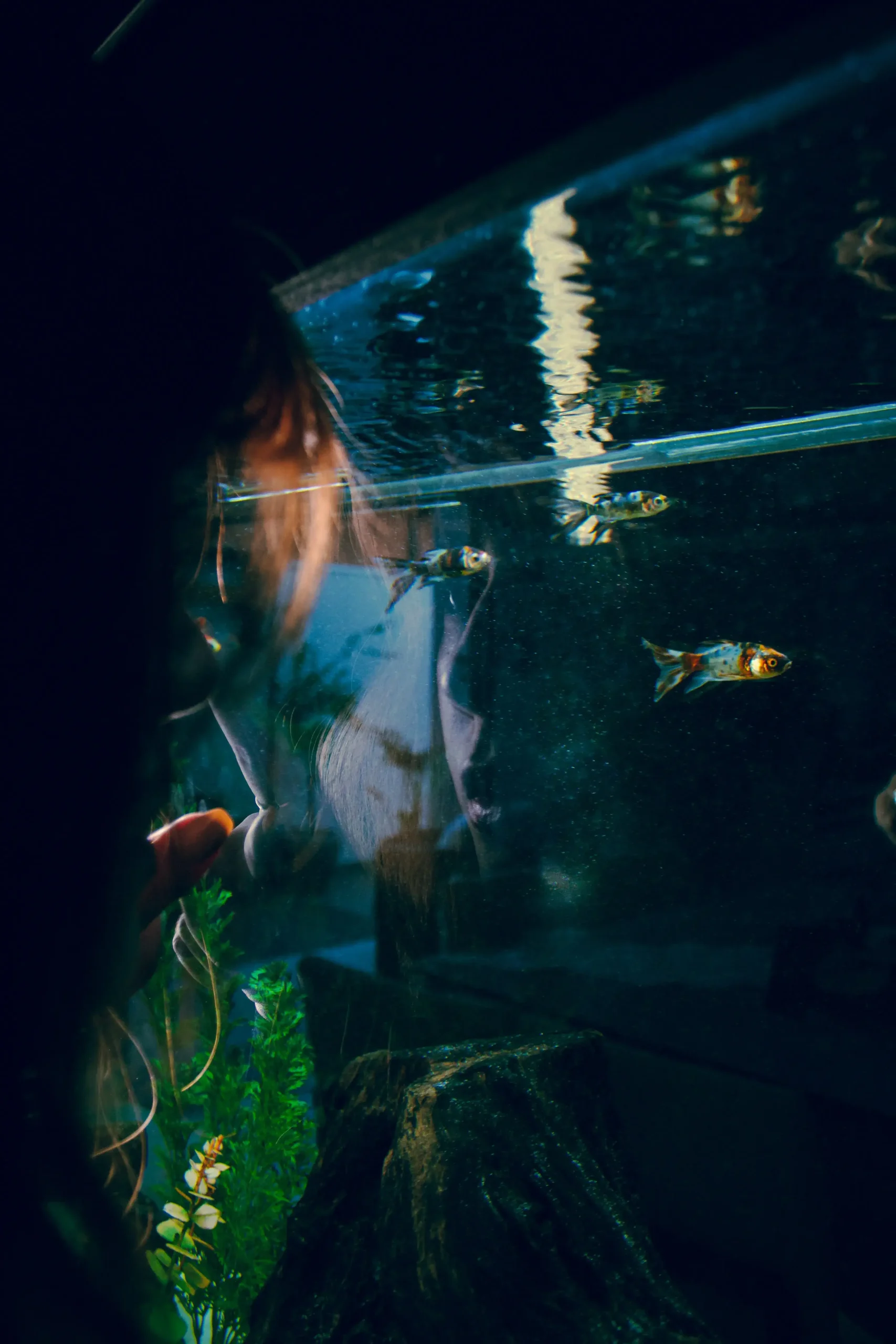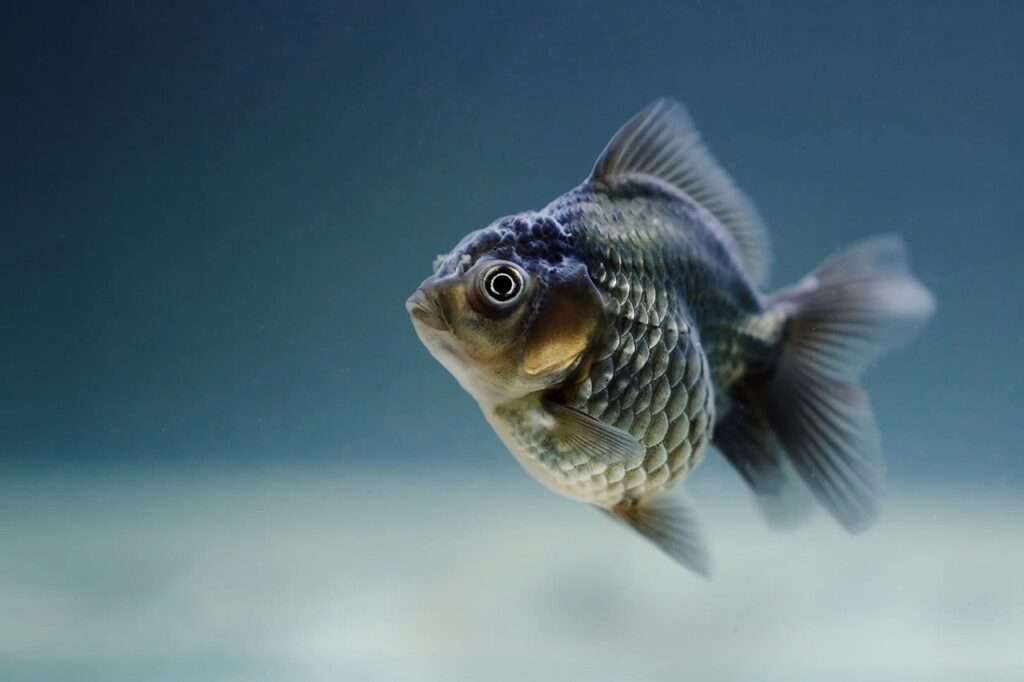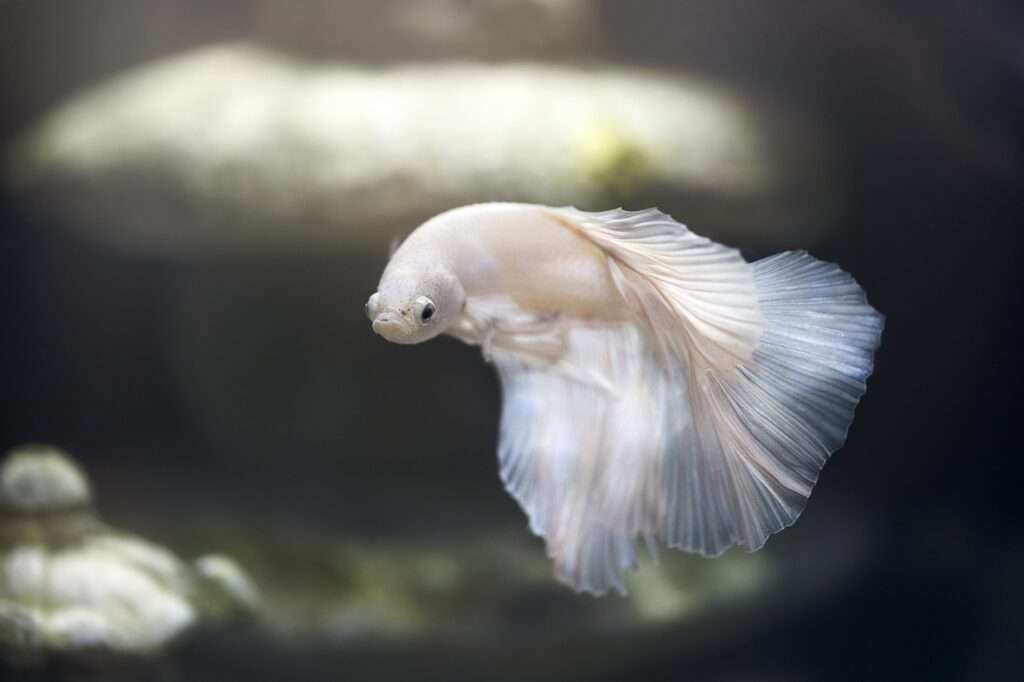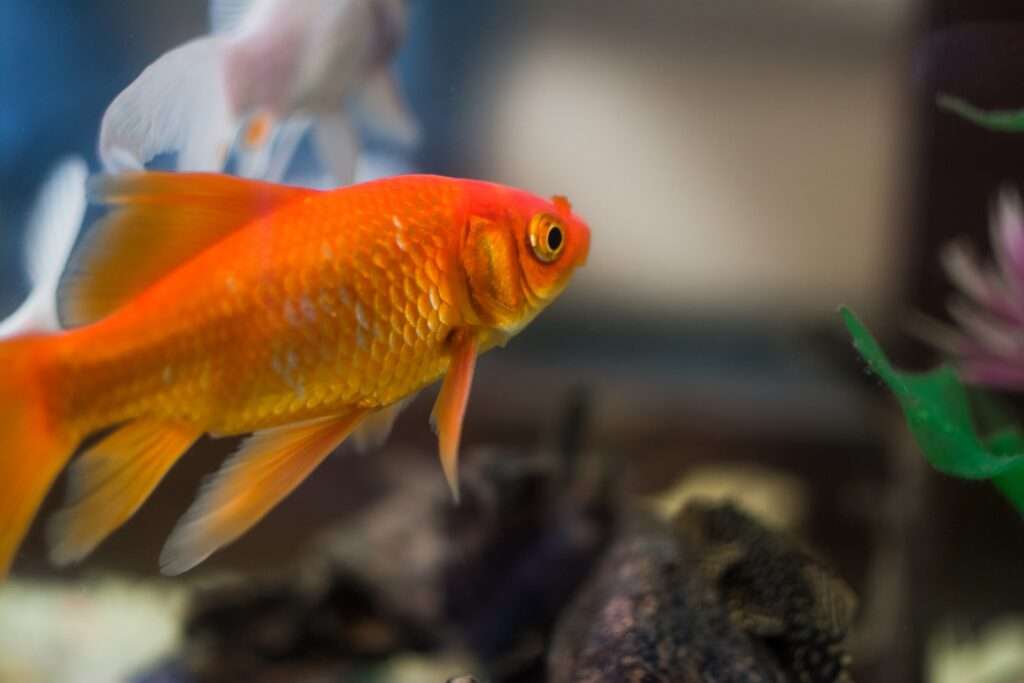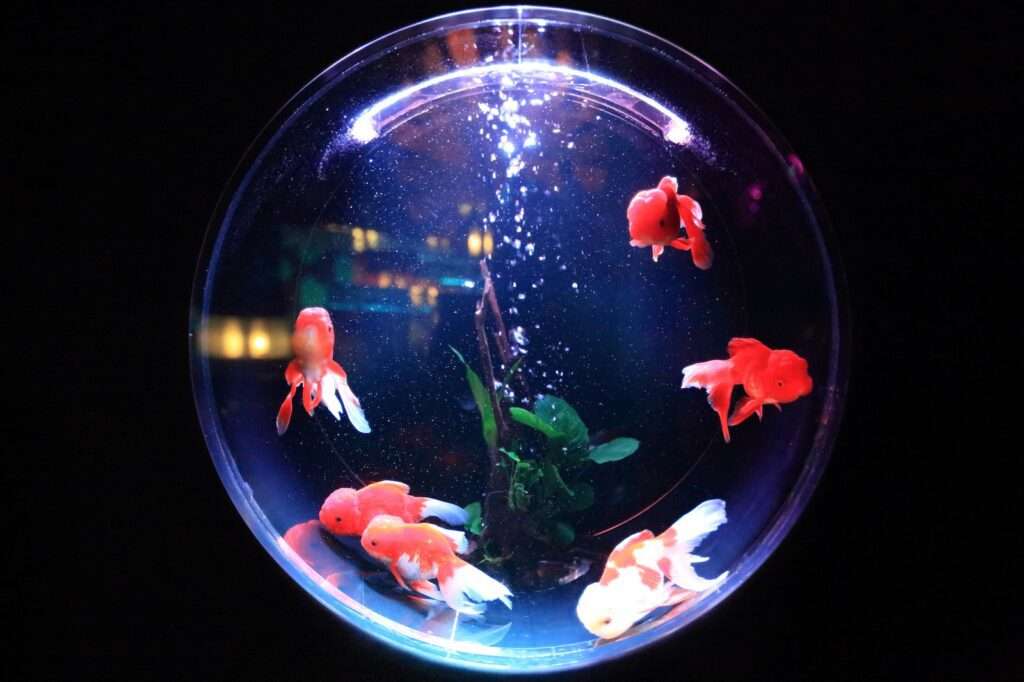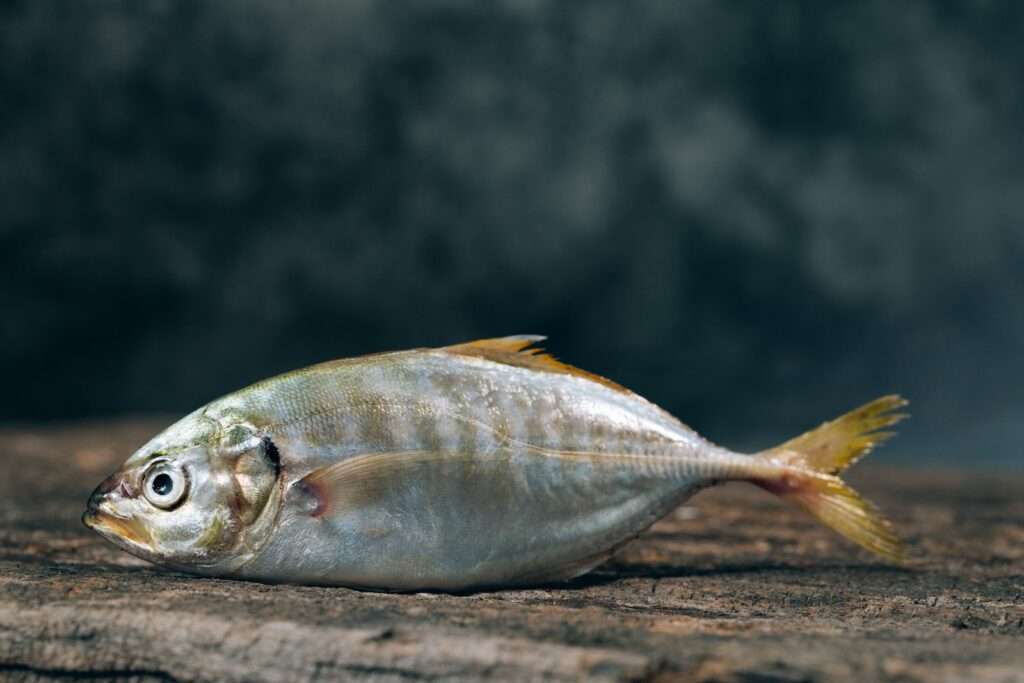Fish Health: How to Handle and Transport Fish Safely
Introduction:
Proper handling and transportation are crucial for maintaining the health and well-being of fish. Whether you are moving fish from one tank to another or transporting them over long distances, it is essential to follow the correct procedures to minimize stress and prevent injuries. In this article, we will discuss the importance of proper fish handling and transportation and provide an overview of common challenges and risks involved.
I. Preparing for Transport:
A. Choosing the Right Container:
Selecting suitable containers for transportation is vital to ensure the safety of the fish. Factors such as size, material, and water quality should be considered. Containers should be spacious enough to accommodate the fish comfortably and made of non-toxic materials that do not leach harmful substances into the water.
B. Water Preparation:
Optimal water quality is crucial during transport to prevent stress and maintain the health of the fish. Before transportation, the water should be properly conditioned and free from contaminants. Additionally, fish should be acclimated to the transportation water gradually to reduce the shock of sudden changes in water parameters.
C. Oxygenation:
Oxygenation plays a critical role in fish transportation. Fish require an adequate oxygen supply to survive and stay healthy during transport. Techniques such as using air stones, oxygen tanks, or adding oxygenating chemicals can help maintain optimal oxygen levels in the transport containers.
II. Safe Fish Handling Techniques:
A. Fish Netting:
Choosing the right net is essential for safe fish handling. Nets should be made of soft, non-abrasive materials to prevent injuries to the fish. When capturing and transferring fish using nets, it is important to be gentle and avoid excessive force or stress.
B. Sedation:
In some cases, sedation may be necessary during fish handling, especially when dealing with large or aggressive fish. Safe sedation methods should be used, taking into account the potential risks and side effects. Sedation should only be administered by experienced personnel.
C. Avoiding Stress:
Stress can have detrimental effects on fish health, especially during transportation. To minimize stress, it is important to handle fish gently and avoid sudden movements or loud noises. Techniques such as dimming lights, using soothing chemicals, or adding hiding spots can help reduce stress levels in fish.
III. Secure Transportation Methods:
A. Temperature Control:
Maintaining the appropriate temperature is crucial during fish transport. Rapid temperature changes can be harmful to fish. Methods such as insulating transport containers, using heat packs or coolants, and monitoring temperature continuously can help regulate temperature and prevent extremes.
B. Water Movement:
Excessive water movement and turbulence can cause stress to fish during transportation. It is important to secure the containers properly, avoiding excessive shaking or jostling. Techniques such as using foam padding or adding dividers can minimize stress caused by water movement.
C. Avoiding Contamination:
Contamination of transport containers and water can introduce pathogens or pollutants that can harm fish. Containers should be thoroughly cleaned and disinfected before use. It is also important to avoid cross-contamination by not mixing water from different sources or placing fish from different species in the same container.
IV. FAQs:
Q1. How long can fish survive during transportation?
The survival time during transport depends on various factors such as fish species, size, temperature, and water quality. Generally, fish can survive for several hours to a few days in suitable transport conditions.
Q2. Can I transport different fish species in the same container?
It is generally not recommended to transport different fish species together, as they may have different requirements and compatibility. Mixing species can lead to stress, aggression, and potential health issues.
Q3. Is it necessary to fast fish before transportation?
Fasting fish before transportation is not always necessary. However, for longer journeys, it can be beneficial to avoid feeding a few hours before transport to reduce the risk of water pollution and stress during the journey.
Q4. What should I do if a fish gets injured during handling?
If a fish gets injured during handling, it is important to provide immediate care. Clean the wound with a suitable antiseptic and monitor the fish closely for signs of infection. If necessary, consult a veterinarian for further treatment.
Q5. How can I minimize the risk of fish diseases during transport?
To minimize the risk of fish diseases during transport, ensure that the transport containers, water, and equipment are clean and free from pathogens. Avoid introducing fish from unknown or questionable sources and maintain optimal water quality throughout the journey.
Conclusion:
Proper fish handling and transportation practices are essential for maintaining fish health. By choosing suitable containers, preparing the water adequately, handling fish gently, and ensuring secure transportation methods, we can minimize stress, prevent injuries, and promote the overall well-being of fish during transport. Following these guidelines will help ensure the safe and successful transportation of fish while preserving their health and vitality.


